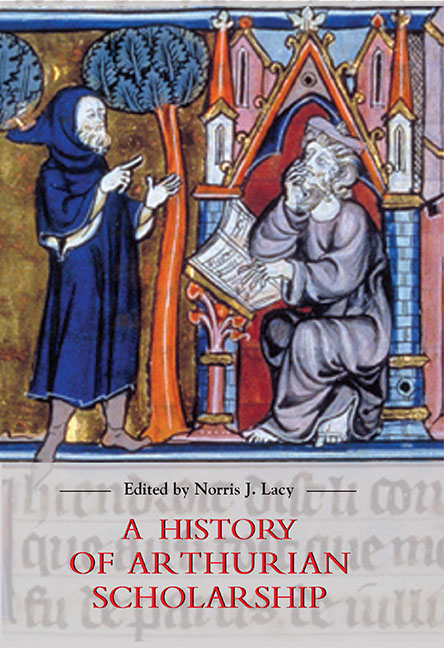Modern Arthurian Art
Published online by Cambridge University Press: 18 March 2023
Summary
Like the poor step-child laboring under the rule of its more powerful siblings, Arthurian visual imagery has been the Cinderella of Arthurian Studies. Arthur's story, although now well determined as deriving from the early oral traditions of the Middle Ages, and thus free of the fetters of the written word, has come down to us, and thus is understood unconsciously, as a written narrative. In light of the dominance of this written legend, much of the discussion of Arthurian visual imagery continues to be understood as illustrative of the more valorized text. This has meant that scholarship on Arthurian imagery, far outstripped by the older and larger opus of literary scholarship, has had to contend with some serious problems – a situation that has proved to be both a benefit and a drawback. The good news is that these images, although clearly narrative as are their textual cousins, convey their meaning outside the boundaries of the written word, and thus afford us unique opportunities to comprehend the importance of the Arthurian legend from an important and unique cultural vantage point.
The example of my own initial foray into the Arthurian arena will serve to make my point. Although this chapter involves modern Arthuriana, my interest in King Arthur began with my dissertation, which dealt with the intriguing Arthurian archivolt on the Porta della Pescheria, the twelfth-century northern side door of the cathedral of Modena. The literature on the cathedral and this doorway is vast. Most of the scholars who have focused on the doorway are literary historians, some of whose work concentrated on the Arthurian legend. They used as a point of reference, and thus a guiding principle of their discussions, the connections between the imagery of the doorway and early French written versions of the legend, for example the work of Chrétien de Troyes. This of course was and continues to be problematic as the doorway is dated to c. 1130–35, thus predating the written romances. On the other hand the art historians who wrote prodigiously on the cathedral, including the Porta della Pescheria, were more interested in the doorway's problems of artistic style and archaeology.
- Type
- Chapter
- Information
- A History of Arthurian Scholarship , pp. 220 - 232Publisher: Boydell & BrewerPrint publication year: 2006



